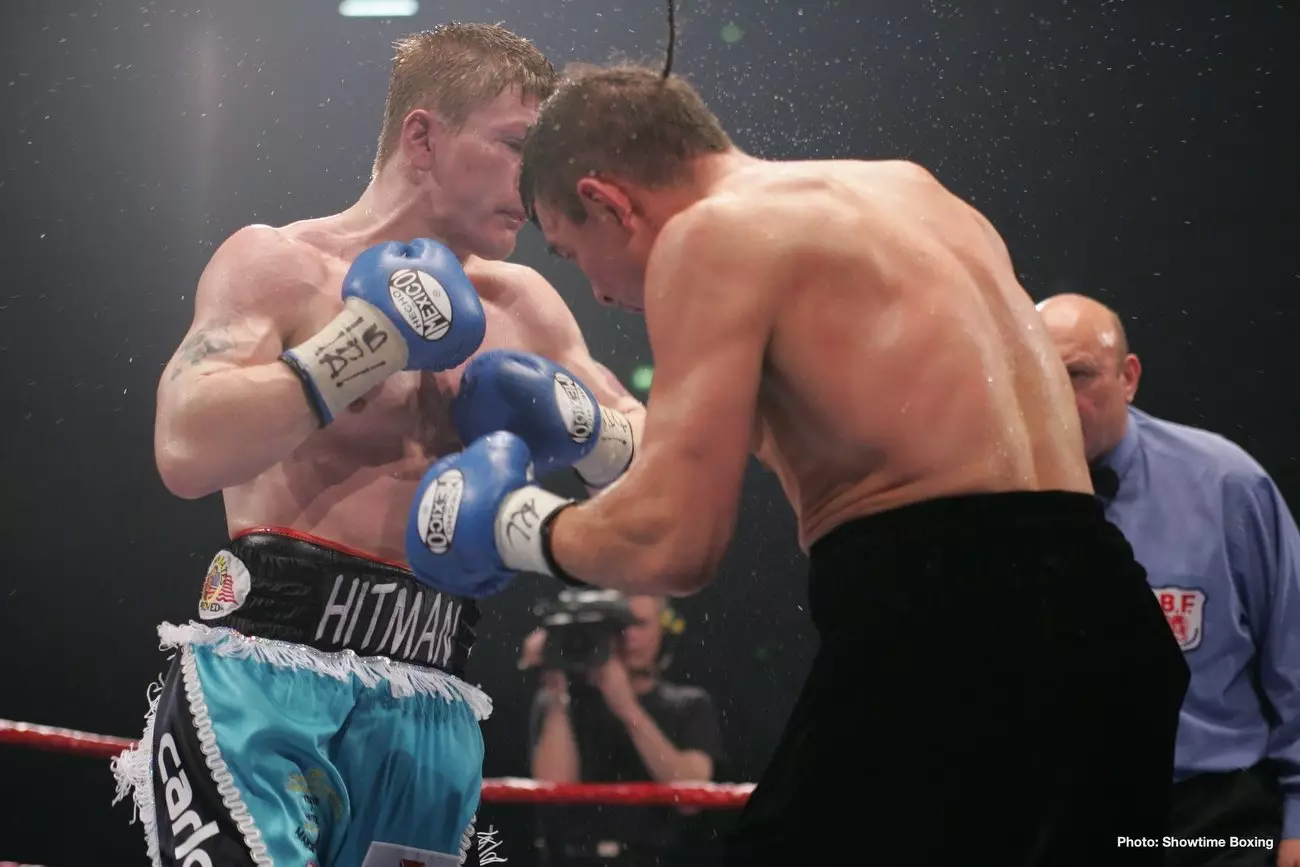Ricky Hatton’s upcoming return to the ring commands attention not merely because of his storied past but due to the audacity of his comeback. At 46, many would argue that the professional boxing window has long closed, especially given the physical toll the sport exacts. Yet, Hatton’s decision to re-enter the squared circle signals a profound understanding of boxing’s intoxicating allure and the unyielding desire to prove that tenacity can defy age and expectations. His ambition is not just about winning another bout but about reigniting a spark that defined his career—a testament to the enduring flame of athletic passion.
A Controversial Challenge and Cultural Significance
The opponent, Eisa Aldah—the Gulf’s first professional boxer—adds layers of significance beyond the fight itself. This matchup symbolizes a bridging of worlds: a seasoned British legend testing his resilience against a regional pioneer. It’s a fight of narrative as much as skill, with implications extending into cultural pride and boxing’s evolving landscape in the Middle East. The bout’s legality, its sanctioning, and the weight class remain shrouded in mystery, fueling intrigue. Yet, what’s undeniable is Hatton’s willingness to accept a challenge that pushes his limits—an act that might inspire new generations of fighters and fans alike.
The Questions of Age and Authenticity
A central critique, naturally, lies in reflecting on what remains of Hatton’s prime fighting capability. His last bout in 2012, a defeat by Vyacheslav Senchenko, marked a clear end to his competitive era. Since then, fans have seen glimpses of his fighting spirit in exhibitions, notably against Marco Antonio Barrera, suggesting that the passion persists even if the physical edges have dulled. The question isn’t merely whether Hatton can succeed again but whether stepping back into the ring is a wise decision for his legacy and health. Boxing at this stage might serve more as a testament to resilience than a pursuit of victory.
The Pragmatism of a Fighter’s Heart
Hatton’s story isn’t solely a tale of a boxer attempting a romantic resurgence but also a reflection on the relentless personal drive characteristic of great champions. His decision to fight once more—whether out of ego, love for the sport, or a desire to leave on his own terms—underscores boxing as a sport deeply intertwined with identity. Critics may argue that too many fighters chase past glories, risking their health and reputation. Yet, Hatton’s willingness to step back into the ring at this juncture reveals an intriguing truth: boxing is an indelible part of his soul, and perhaps, it always will be.
A Portrait of Persistence
Ultimately, Ricky Hatton’s impending match encapsulates the perennial human desire to challenge oneself, regardless of age or circumstance. His return is more than a fight; it’s a statement that the spirit of competition refuses to die quietly. Whether or not this bout becomes a legendary chapter or a final farewell, it undeniably reflects the unyielding resilience that defines fighters—an affirmation that sometimes, the most compelling stories are those that refuse to be written off by critics or time.

